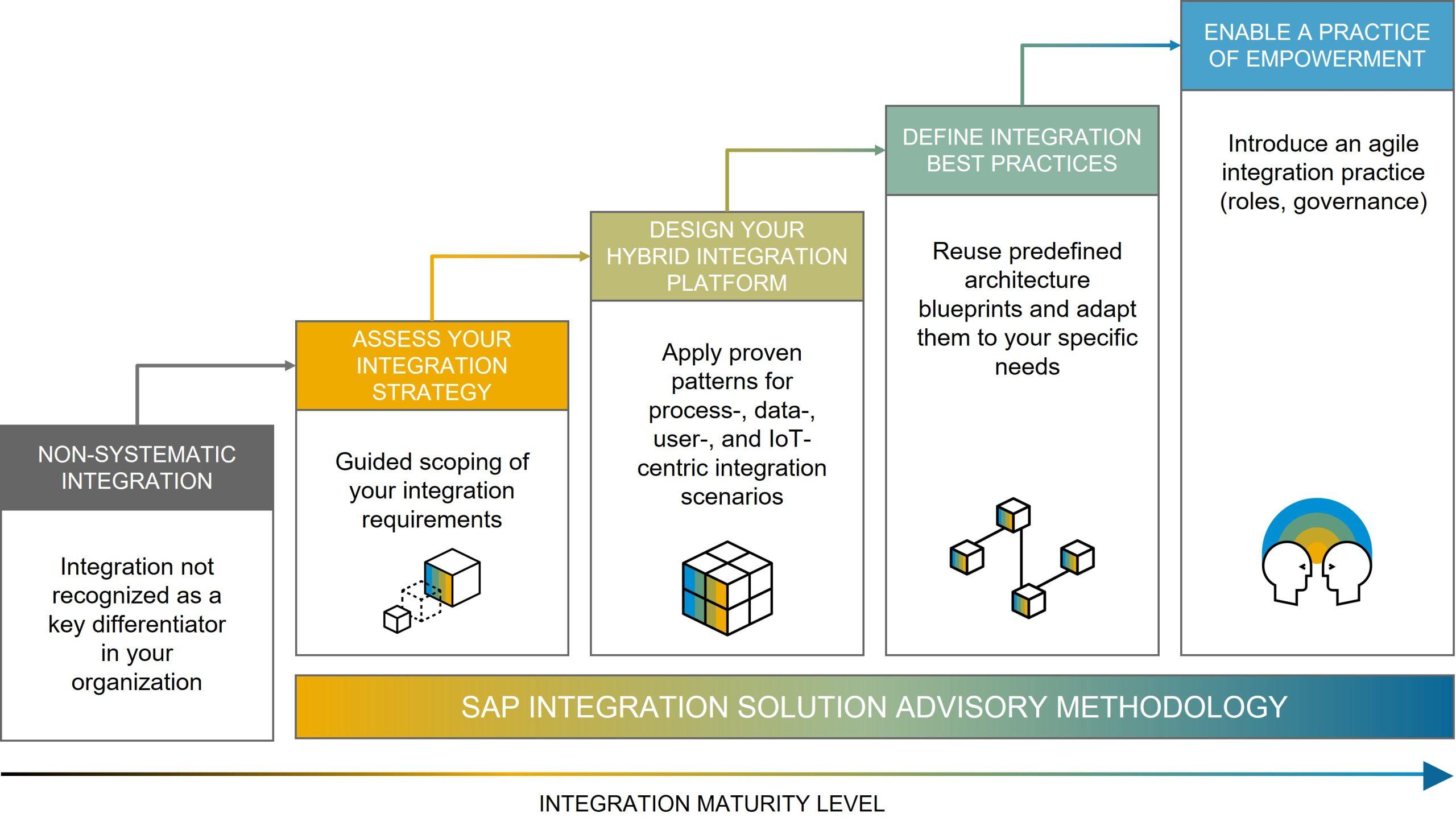In today’s fast-paced business landscape, choosing the right sales tool can be as crucial as closing the deal itself. With numerous platforms vying for attention, two contenders often rise to the top: Salesforce and Pipedrive. Each armed with its own unique features, capabilities, and target audiences, these robust sales tools promise to enhance efficiency, improve collaboration, and ultimately drive revenue. But how do you determine which one will serve your sales strategy best? In this article, we’ll pit Salesforce against Pipedrive, exploring their strengths and weaknesses to help you navigate the crowded marketplace and find the solution that aligns with your team’s needs. Join us on this journey as we dissect the intricate details of these platforms, empowering you to make an informed choice for your sales operations.
Exploring Core Features of Salesforce and Pipedrive
Both Salesforce and Pipedrive offer a rich set of features designed to enhance sales processes, albeit with different approaches. Salesforce, a heavyweight in the CRM arena, boasts a highly customizable platform that can cater to even the most specific business needs. Key features include:
- Advanced Analytics: Robust reporting tools that provide deep insights into sales performance.
- Integrative Solutions: Seamless integrations with various third-party applications, ensuring a connected ecosystem.
- Automation Capabilities: Automated workflows to streamline repetitive tasks, enhancing productivity.
On the other hand, Pipedrive shines with its user-friendly interface and visual sales pipeline management. It’s tailored for small to medium-sized businesses looking for efficiency without overwhelming complexity. Standout features include:
- Visual Pipeline: An intuitive drag-and-drop interface that allows users to manage deals easily.
- Goal Tracking: Simple tools to set, manage, and track sales goals effectively.
- Activity-Based Selling: Focuses on sales activities that drive revenue, promoting proactive engagement.

User Experience and Interface: A Comparative Analysis
When comparing Salesforce and Pipedrive, the user experience is a critical factor that can make all the difference for sales teams. Salesforce offers a powerful but complex interface, requiring users to engage in a longer learning curve to fully leverage its extensive capabilities. The dashboard is highly customizable, allowing users to tailor their experience, though this flexibility can sometimes lead to overwhelming options for newcomers. Key features include:
- Customizable Dashboards - Provides extensive options for tailoring visibility to match sales strategies.
- Automation – Includes advanced tools for task automation, taking some manual efforts off the table.
- Integrated Ecosystem – Seamlessly connects with various apps and tools, but requires users to navigate through its comprehensive environment.
In contrast, Pipedrive prides itself on a user-friendly interface that emphasizes simplicity and efficient navigation. A visually appealing and intuitive design helps sales reps focus quickly on their pipeline stages without unnecessary distractions. Key advantages of Pipedrive’s interface include:
- Drag-and-Drop Functionality – Makes it easy to move deals through different stages, enhancing workflow efficiency.
- Visual Sales Pipeline - Offers a clear overview of sales progress, aiding in the identification of bottlenecks.
- Mobile Access - A highly responsive mobile app allows users to manage their tasks on the go.
| Feature | Salesforce | Pipedrive |
|---|---|---|
| User Interface | Complex, highly customizable | Intuitive, user-friendly |
| Learning Curve | Steep | Easy to learn |
| Customization | Extensive options | Limited but sufficient |
| Mobile App | Available | Highly rated |

Integration Capabilities: Connecting with Your Existing Tools
When evaluating any sales tool, understanding how well it integrates with your existing systems is crucial. Salesforce excels in this area, offering an extensive array of integrations with third-party applications. It supports connections to various tools including marketing automation platforms, e-commerce solutions, and customer support software. Utilizing APIs and pre-built integrations, Salesforce facilitates seamless data flow, enabling sales teams to work more efficiently without the hassle of switching between platforms.
Pipedrive, while also equipped with a solid integration framework, tends to focus on fewer but more impactful connections. It allows users to integrate with popular applications like Zapier, Slack, and various email clients, helping to centralize communication and task management. For businesses using specific niche tools, Pipedrive may offer less flexibility compared to Salesforce. However, its intuitive interface and straightforward integration process can provide a more streamlined setup experience for small to mid-sized businesses.

Pricing Models and Value for Money: Which Tool Wins?
When assessing the value for money between Salesforce and Pipedrive, it’s essential to consider the pricing models and what features each platform offers at different tiers. Salesforce, known for its extensive capabilities, operates on a subscription basis with multiple pricing tiers that can cater to various business needs. However, these plans can become costly, especially for small businesses or startups. Its pricing often includes advanced features such as AI tools, comprehensive analytics, and extensive customization options, making it a powerhouse for larger teams but potentially overwhelming for simpler use cases.
On the other hand, Pipedrive presents a more streamlined approach with its transparent pricing structure that favors smaller teams and startups. With fewer tiers and straightforward pricing, users can easily identify the features they need without unnecessary upselling. Pipedrive focuses on sales pipeline management and offers robust integrations and automation at a lower price point. To illustrate the differences, here’s a quick comparison of their pricing models:
| Feature | Salesforce | Pipedrive |
|---|---|---|
| Starting Price | Approx. $25/user/month | Approx. $15/user/month |
| Free Trial | Yes | Yes (14 days) |
| Customization Options | Extensive | Limited |
| Best For | Large teams | Small to medium-sized businesses |
while Salesforce offers a comprehensive suite of features suitable for larger organizations, Pipedrive provides a more accessible and budget-friendly option for teams focused on driving sales effectively. Ultimately, the winner in this pricing showdown will depend on the specific needs and size of your business.
In Summary
In the ever-evolving landscape of sales tools, the choice between Salesforce and Pipedrive can feel like navigating a labyrinth filled with options, features, and capabilities. Each platform brings its unique strengths to the table, appealing to different types of businesses and sales strategies. While Salesforce boasts robust customization and extensive features ideal for large enterprises, Pipedrive shines with its user-friendly interface and focus on simplicity, making it an excellent choice for small to medium-sized businesses.
Ultimately, the best sales tool for your team hinges on your specific needs, goals, and operational style. As you embark on this decision-making journey, consider not only the current demands of your sales process but also your vision for growth and scalability. Whether you choose the depth of Salesforce or the agility of Pipedrive, the key is to develop a system that empowers your sales team, nurtures leads effectively, and drives lasting customer relationships. As you weigh your options, remember that the right tool is not just about features; it’s about finding a partner that aligns with your vision for success. Happy selling!




